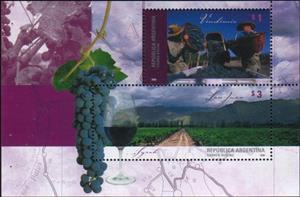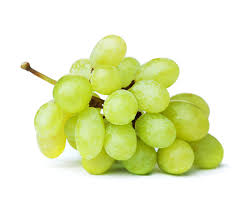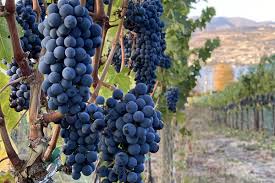Booklet Pane: Wines - San Juan (Argentina 2006)
Wines - San Juan (Argentina 2006)
03 March (Argentina ) within release Agriculture & Food goes into circulation Booklet Pane Wines - San Juan face value 4 Argentine peso argentino
| Booklet Pane Wines - San Juan in catalogues | |
|---|---|
| Michel: | Mi: AR-3027+3030 |
| Stamp Number: | Sn: AR 2372 |
| Gz (Cefiloza): | Gz: AR-2943-2944 |
Booklet Pane is horizontal format.
Booklet pane of two stamps showing one grape harvesters and the other Syrah grapes and wine and on the background the Zonda valley in San Juan.Also in the issue Agriculture & Food:
- Stamp - Wine regions - Rio Negro - Merlot face value 50;
- Booklet - Wine regions - Rio Negro face value 4;
- Stamp - Wine regions - Rio Negro face value 3.50;
- Stamp - Wine regions - Salta face value 75;
- Booklet - Wine regions - Salta face value 4;
- Stamp - Wine regions - Salta - Torontes face value 3.25;
- Stamp - Wine regions - San Juan face value 1;
- Booklet - Wine regions - San Juan face value 4;
- Stamp - Wine regions - San Juan - Syrah face value 3;
- Stamp - Wine regions - Mendoza - Malbec face value 1.25;
- Booklet - Wine regions - Mendoza face value 4;
- Stamp - Wine regions - Mendoza face value 2.75;
- Booklet Pane - Wines - Salta face value 4;
- Booklet Pane - Wines - Rio Negro face value 4;
- Booklet Pane - Wines - San Juan face value 4;
- Booklet Pane - Wines - Mendoza face value 4;
Booklet Pane Wines - San Juan it reflects the thematic directions:
A grape is a fruit, botanically a berry, of the deciduous woody vines of the flowering plant genus Vitis. Grapes are a non-climacteric type of fruit, generally occurring in clusters.
A landscape is the visible features of an area of land, its landforms and how they integrate with natural or man-made features. A landscape includes the physical elements of geophysically defined landforms such as (ice-capped) mountains, hills, water bodies such as rivers, lakes, ponds and the sea, living elements of land cover including indigenous vegetation, human elements including different forms of land use, buildings and structures, and transitory elements such as lighting and weather conditions. Combining both their physical origins and the cultural overlay of human presence, often created over millennia, landscapes reflect a living synthesis of people and place that is vital to local and national identity. The character of a landscape helps define the self-image of the people who inhabit it and a sense of place that differentiates one region from other regions. It is the dynamic backdrop to people’s lives. Landscape can be as varied as farmland, a landscape park, or wilderness. The earth has a vast range of landscapes, including the icy landscapes of polar regions, mountainous landscapes, vast arid desert landscapes, islands and coastal landscapes, densely forested or wooded landscapes including past boreal forests and tropical rainforests, and agricultural landscapes of temperate and tropical regions.
A map is a symbolic depiction emphasizing relationships between elements of some space, such as objects, regions, or themes. Many maps are static, fixed to paper or some other durable medium, while others are dynamic or interactive. Although most commonly used to depict geography, maps may represent any space, real or imagined, without regard to context or scale, such as in brain mapping, DNA mapping, or computer network topology mapping. The space being mapped may be two dimensional, such as the surface of the earth, three dimensional, such as the interior of the earth, or even more abstract spaces of any dimension, such as arise in modeling phenomena having many independent variables. Although the earliest maps known are of the heavens, geographic maps of territory have a very long tradition and exist from ancient times. The word "map" comes from the medieval Latin Mappa mundi, wherein mappa meant napkin or cloth and mundi the world. Thus, "map" became the shortened term referring to a two-dimensional representation of the surface of the world.
Viticulture (Latin: vitis cultura, "vine-growing"), viniculture (vinis cultura, "wine-growing"), or winegrowing is the cultivation and harvesting of grapes. It is a branch of the science of horticulture. While the native territory of Vitis vinifera, the common grape vine, ranges from Western Europe to the Persian shores of the Caspian Sea, the vine has demonstrated high levels of adaptability to new environments, hence viticulture can be found on every continent except Antarctica.




